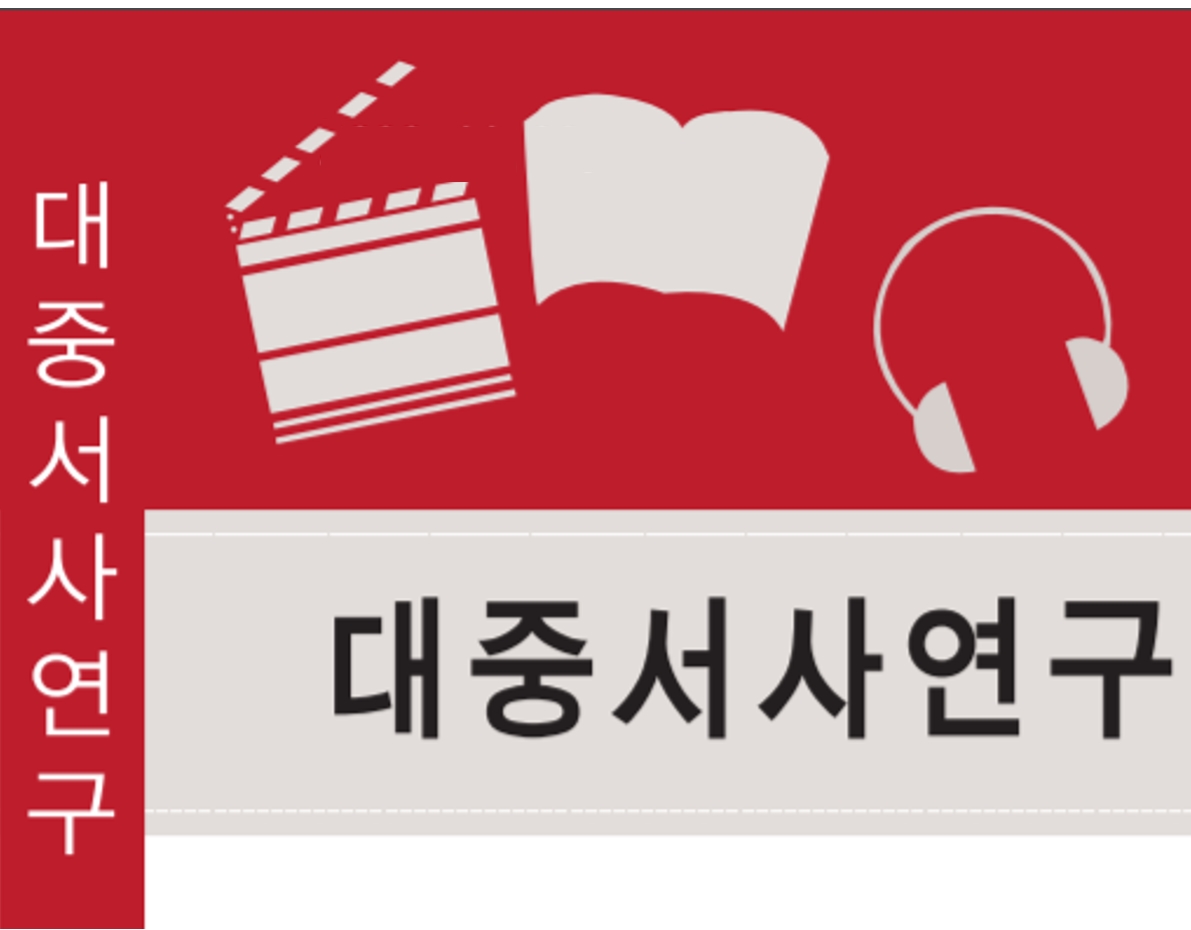대중서사연구
- P-ISSN1738-3188
- E-ISSN2713-9964
 ISSN : 1738-3188
ISSN : 1738-3188
New Mobilities Paradigm and Mobility-Based Textual Research Method
Abstract
This paper explores an alternative method of textual studies (mobility textual studies) by examining the case studies on visual or literary texts from the ‘new mobilities paradigm’, which appeared in Mobilities and Humanities (2018) edited by Peter Merriman and Lynne Pearce. Contrary to its title of “humanities”, Mobilities and Humanities consists of the essays dealing with visual or literary texts and their aesthetics. This paper categorizes them according to whether or not an essay focuses on automobility. Because the automobility system has a major social and cultural significance as a machine regarding our contemporary mobilities. First, the essays deal with the aspects of the co-evolution of the automobility system and visual and literary texts. Their arguments can be summarized as follows: an intimate interaction of the automobility system and the road movie genre, a mediated automobility as a kind of text, travel novel and the textual representation of “paralyzed mobility”, and a peculiarity of individual car journey and “technological unconsciousness”. Second, other papers deal with the issues of mobilities of form or representation of mobility by focusing on the relation of mobility and artistic form, which can be summarized as follows: “mobilities of form” or “mobile artistic form”, the formation of “slow feeling into place” (a sense of attachment and familiarity) in a mobile world through realistic representation, the possibilities of the (re-)reading of fictional narrative and the alternative politics based on the “retrospective character” of literary texts, an experience of urban mobilities by the individual traveler appeared in their life writings (diaries). The significance of Mobilities and Humanities could be said in two points: first, this book allows literary researchers to pay attention to automobility which has not been fully examined so far; second, it can inspire fresh discourse about the textual aesthetics from the perspective of a new mobilities paradigm.
- keywords
- John Urry, new mobilities Paradigm, textual studies, automobility, mobilities of form, representation of mobility, 존 어리, 새 모빌리티 패러다임, 텍스트 연구, 자동차 모빌리티, 형식의 모빌리티, 모빌리티의 재현
Reference
Merriman, Peter & Lynne Pearce (edit.), Mobility and Humanities, London and New York: Routledge, 2018.
김동식, 「신소설과 철도의 표상」, 『민족문학사연구』 49, 민족문학사연구소, 2012, 82-124쪽.
박경수, 「근대 철도를 통해 본 ‘식민지 조선’ 만들기」, 『일본어문학』 53, 한국일본어문학회, 2012, 253-271쪽.
오연옥, 「근대소설에 나타난 과학과 교통기술의 매체성 연구」, 『한국문학논총』 71,한국문학회, 2015, 407-445쪽.
이용균, 「모빌리티의 구성과 실천에 대한 지리학적 탐색」, 『한국도시지리학회지』 18(3), 한국도시지리학회, 2015, 147-159쪽.
이희상, 『존 어리, 모빌리티』, 커뮤니케이션북스(주), 2016.
조성면, 「철도와 문학—경인선 철도를 통해서 본 한국의 근대문학」, 『인천학연구』 4, 인천대학교 인천학연구원, 2005, 367-392쪽.
마르크 오제, 『비장소』, 이상길·이윤영 역, 아카넷, 2017.
볼프강 쉬벨부쉬, 『철도여행의 역사』, 박진희 역, 궁리, 1999.
요시하라 나오키, 『모빌리티와 장소』, 이상봉·신나경 역, 심산, 2010.
존 어리, 『사회를 넘어선 사회학』, 윤여일 역, 휴머니스트, 2012.
존 어리, 『모빌리티』, 강현수·이희상 역, 아카넷, 2014.
Bauman, Zygmunt, Globalization, New York: Columbia University Press, 1998.
Sheller, Mimi, “From spatial turn to mobilities turn,” Current Sociology 65(4), International Sociological Association, 2017, pp.1-17.
Sheller, Mimi & John Urry, “The new mobilities paradigm,” Environment and Planning A 38(2), Sage Publications, 2006, pp.207-226.
- Downloaded
- Viewed
- 0KCI Citations
- 0WOS Citations
